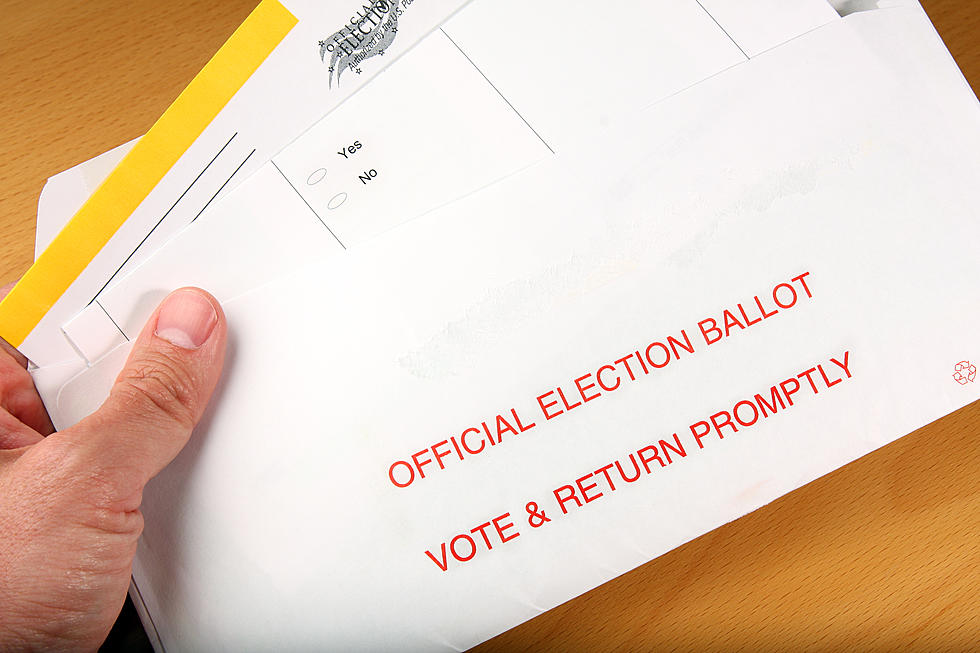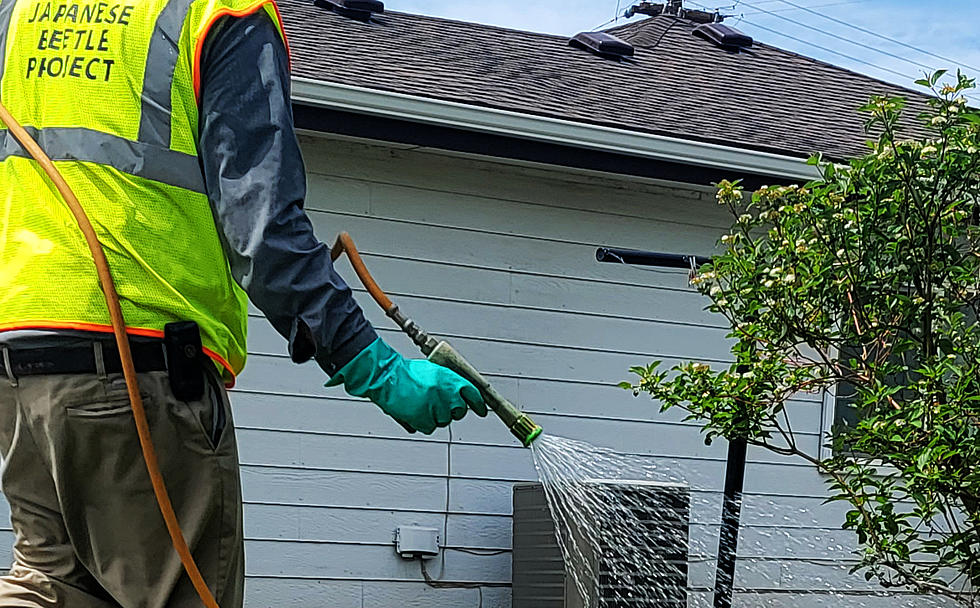
WSDA Adopts Quarantine For South Central Washington
Because of ongoing problems with the Japanese beetle, the Washington state Department of Agriculture has adopted a quarantine for the Grandview area. Starting September 15th, the movement of certain items will be limited in the infested area, in an effort to prevent the spread of the invasive pest. Those items include:
- Topsoil containing vegetative material
- Noncommercial humus and compost
- Noncommercial growing media
- Yard debris including grass clippings, leaves, branches, brush, weeds, flowers, roots, windfall fruit, and vegetable garden debris
- Potted plants, and plants used for planting or propagation unless free from growing media
- Sod
- Hop bines and unshucked corn ears harvested during the Japanese beetle adult flight season (May 15th through October 15th)
- Cut flowers for decorative purposes
- Any other plant, plant part, or article that presents a hazard of spreading Japanese beetle due to either infestation or exposure to infestation.
According to WSDA the adoption of this rule amends the existing quarantine that prohibits movement of items into the state from known infested areas outside of the state. With the new adoption, the rule now also regulates a 49-square mile area near Grandview within the state itself.
Commercial growers within the quarantine area may have to meet trapping and treatment requirements to move their products outside of the quarantine area. Growers can contact the WSDA Plant Protection division with questions about these requirements.
After the summer flight season for the beetles concludes, WSDA will determine if emergency rulemaking may be necessary to expand the quarantine area to include additional areas of infestation. To date, WSDA has confirmed sightings in Wapato, Richland, Mabton, Sunnyside, and Outlook - all outside of the current quarantine boundaries.
State officials are urging growers and community members in Yakima, Benton, and Franklin counties to monitor for these beetles. Growers can consult crop protection specialists and community members can consult WSU extension’s website for guidance on protecting their crops and gardens from this invasive pest. WSDA mapping specialists created a real-time detection map that growers can use to determine how close they are to known Japanese beetle detections.
Japanese beetle adults are metallic green and brown and have little tufts of white hair on their sides. They emerge – usually from lawns or in other soil – in the spring and feed throughout the summer. From fall to spring the grubs (larvae) overwinter in the soil and slowly develop into mature adults ready to emerge again in the spring.
If you have a story idea for the PNW Ag Network, call (509) 547-1618, or e-mail glenn.vaagen@townsquaremedia.com
More From 610 KONA









